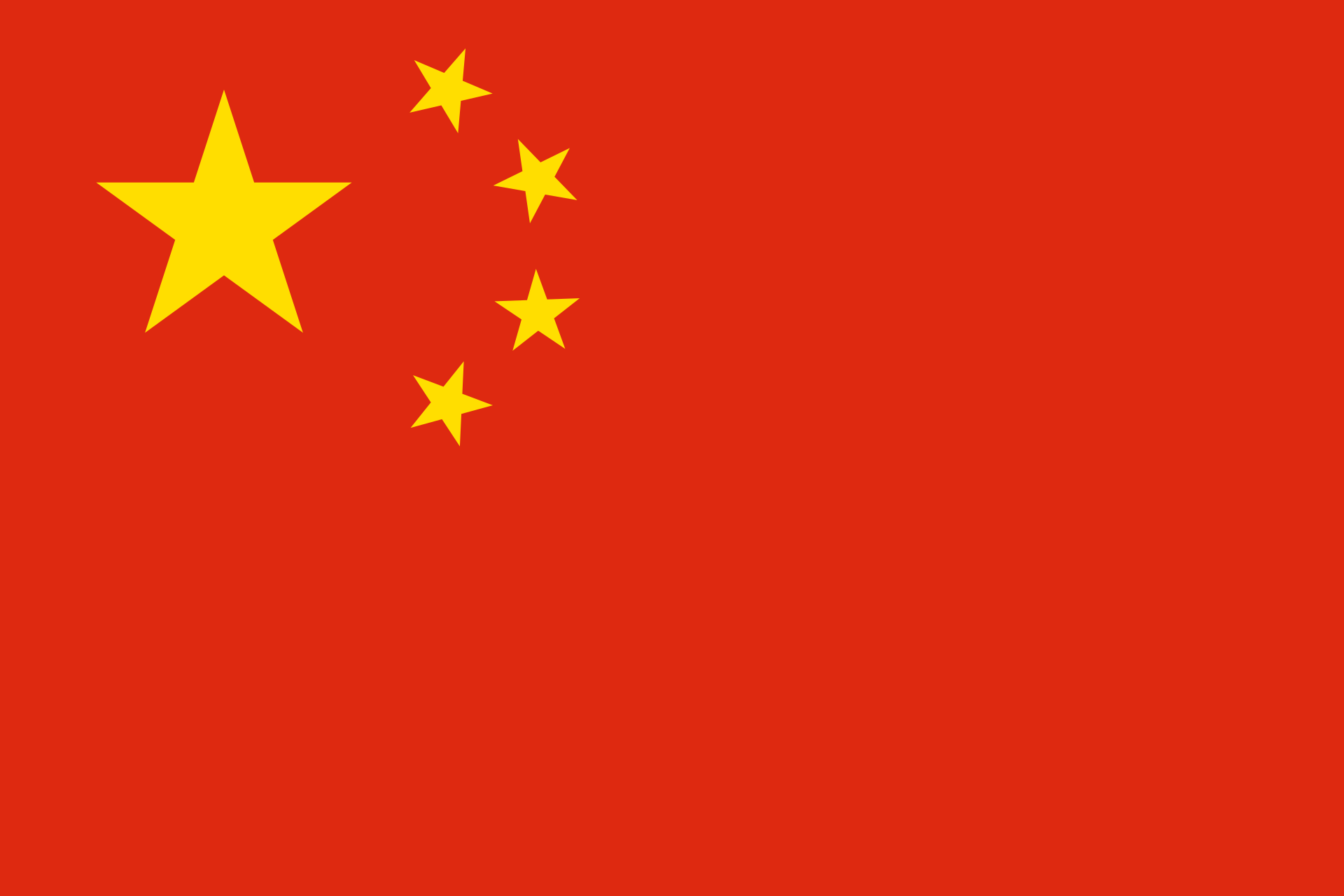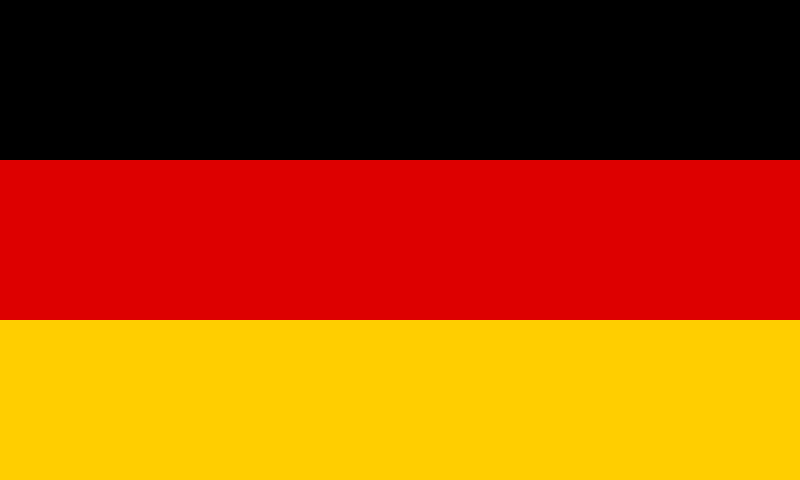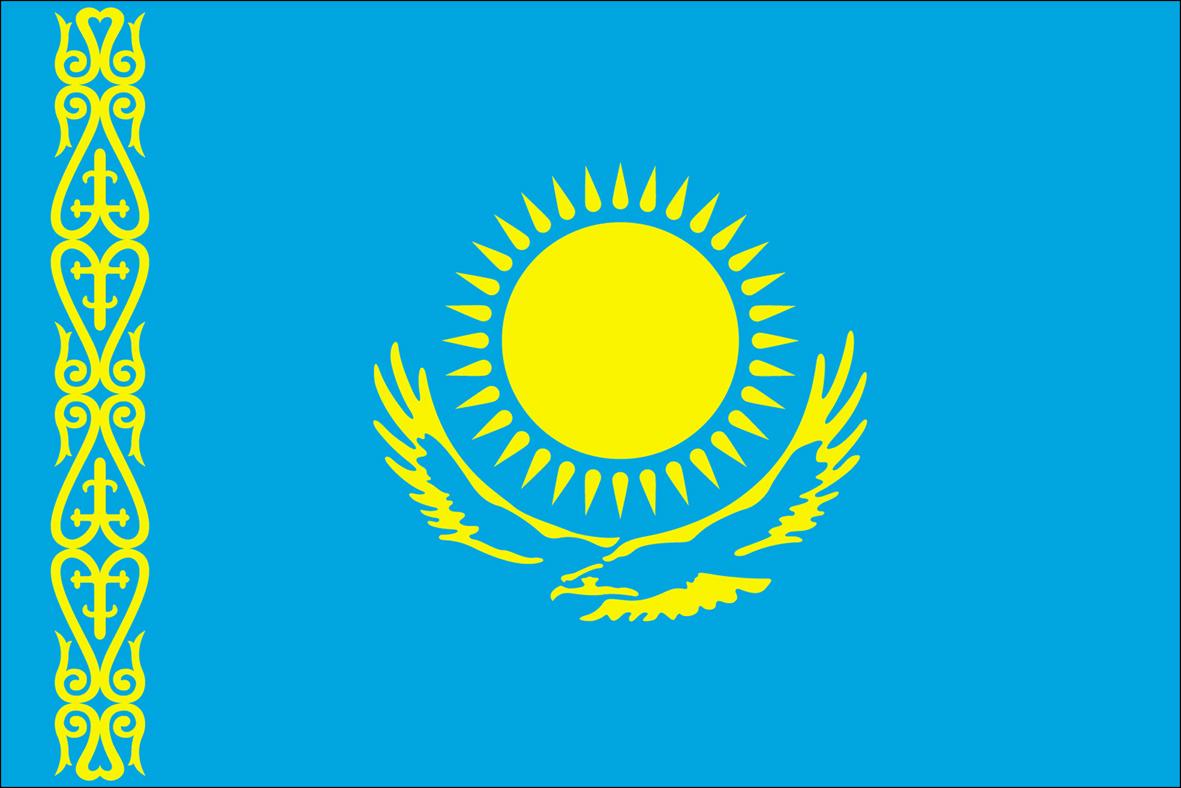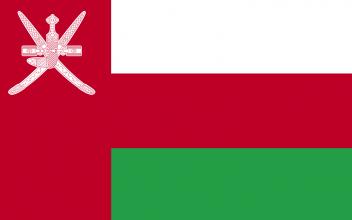The Diary of Young Explorers: Xi’an
Xi'an, Terracotta Warriors © UNESCOThe Diary of Young Explorers is a collection of travel accounts from Ankur, Giulio, and Caspar, who are documenting their experiences while journeying from Venice, Italy to Xi'an, China. You can read the introduction to their adventure here: The Diary of Young Explorers: Retracing the Ancient Silk Roads.
The ancient walls of Xi’an provide a dramatic first impression of the city. Xi’an, the last destination before Beijing on our expedition, was an unmissable stop on our itinerary. This city was an ancient imperial city and the former capital of China; it was also the easternmost point of the Silk Roads. The most adventurous explorers and traders would have travelled thousands of kilometres to reach this city. Evidence shows that trade linkages with Europe began over 2,000 years ago: making Xi’an the oldest and arguably most important Silk Roads related site in China. For us, Xi’an felt like wandering through a museum: peppered with interesting cultural enclaves and providing us with contrasting impressions of old and modern China and bringing back memories from our journey across the Silk Roads.

Xi'an was already the cultural and political centre of China as far back as 1100 BC, with the founding of the Zhou dynasty. The Qin, Han and Tang dynasties' ruling houses would also make Xi’an their capital city and added to the city’s panoply of architecture and archaeological site – each of which tells the story of China through the ages. Perhaps most famously, Xi’an is home to the Terracotta Warriors and the mausoleum of Qin Shi Huang, the first emperor of China. We found the Terracotta Warriors to be impressive, both for the preservation efforts of such a large site and for the sheer numbers of warriors (over 8,000 terracotta guards ready to take up arms for their emperor!).
For Xi’an, the Silk Roads was an important source of economic dynamism and wealth. As the city opened up economically, so did China and Xi’an became one of the largest production centres and exporters of silk during the early days of the Silk Roads. It was also here that Marco Polo reportedly stayed as a trade emissary. Today, the city is vibrant with trade and industrial production, with a large and well-connected dry port just outside the city that warehouses goods on their way to Central Asia and Europe.
The Silk Roads, however, was more than just a source of material wealth for Xi’an. Its long history as the nexus of Chinese administrative power and as the easternmost pole of the Silk Roads has meant that Xi’an has long been home to a vast array of religions and cultures. Many Chinese ethnic Muslims, Christians and Buddhists can link their religions back to the traders and pilgrims who spread various elements of their respective religions as they travelled along the Silk Roads.
As we wandered through the city, past the Buddhist pagodas and ancient Chinese imperial buildings to the city’s famous Muslim quarter, we could not help but be enthralled by the consonance and flow of the city’s diversity. The Muslim area’s alleys and colourful arts and crafts stalls, antique shops and restaurants form the bustling heart of the city. The echoes of our Silk Roads expedition, in the forms of foods, goods, faces, sounds and religion were everywhere.
Read their previous entries here:
-Iran











